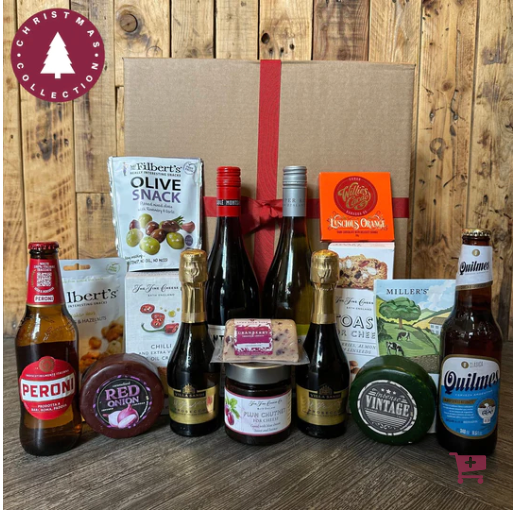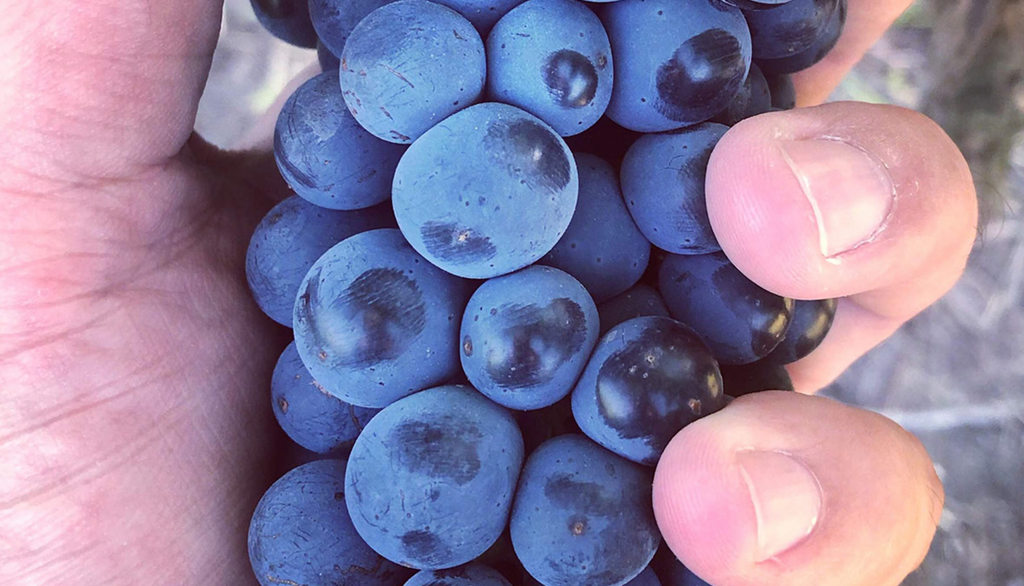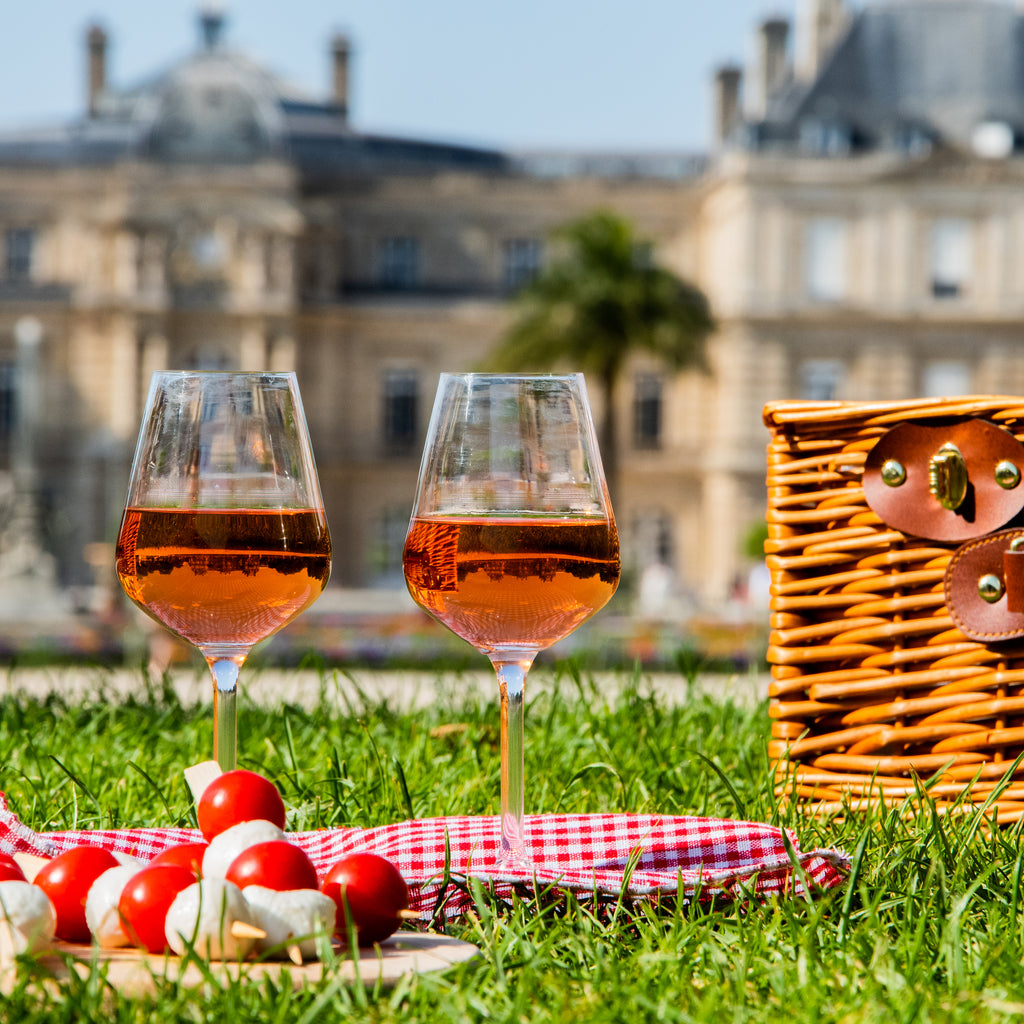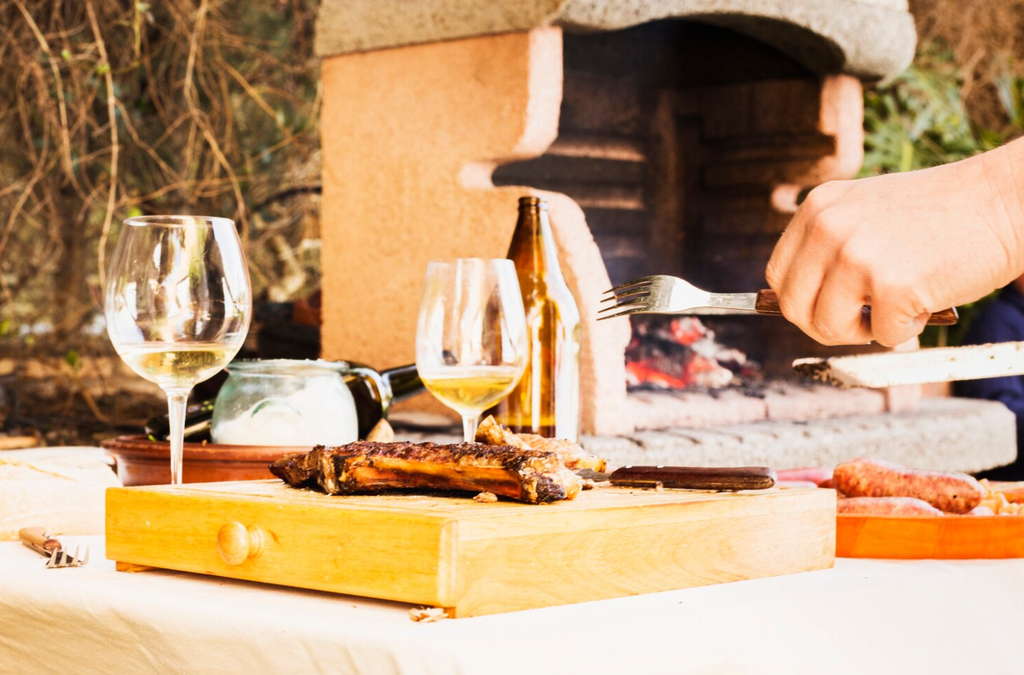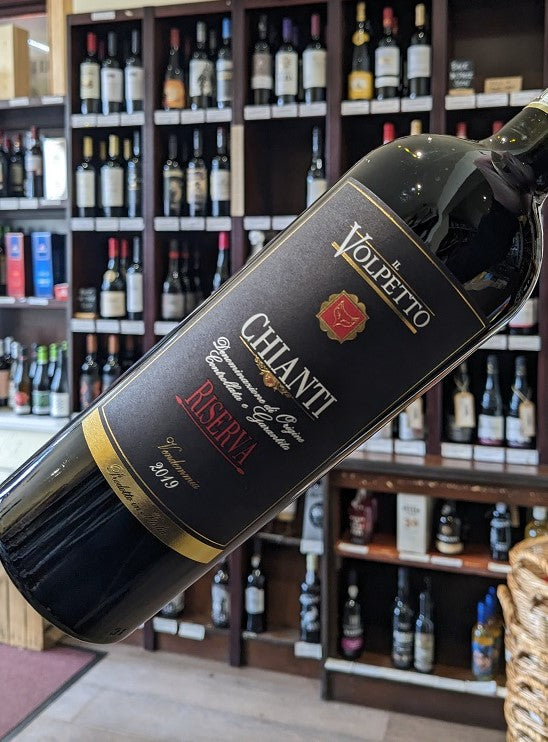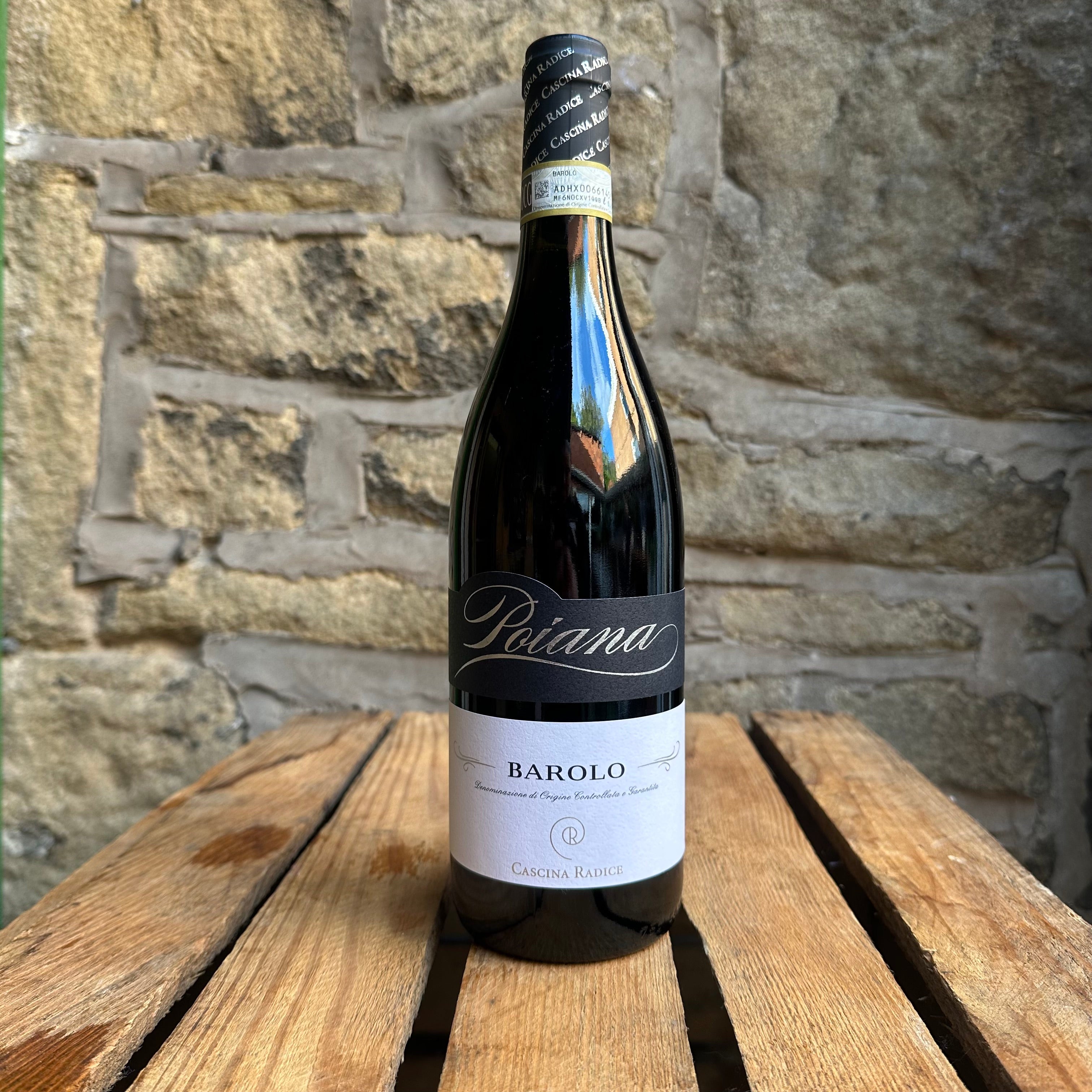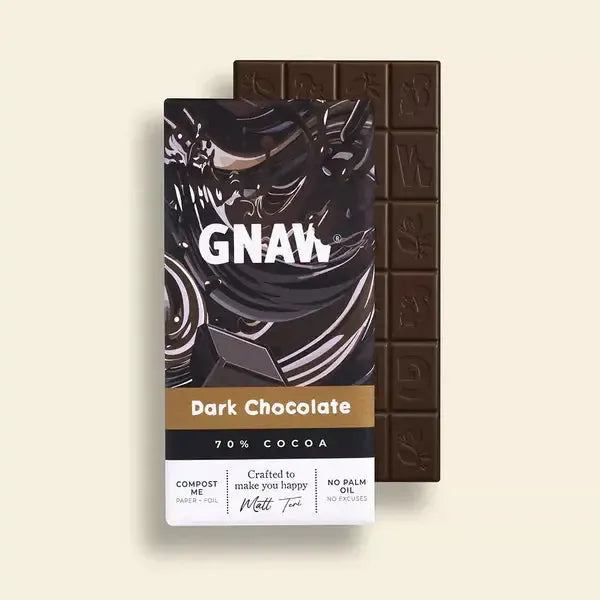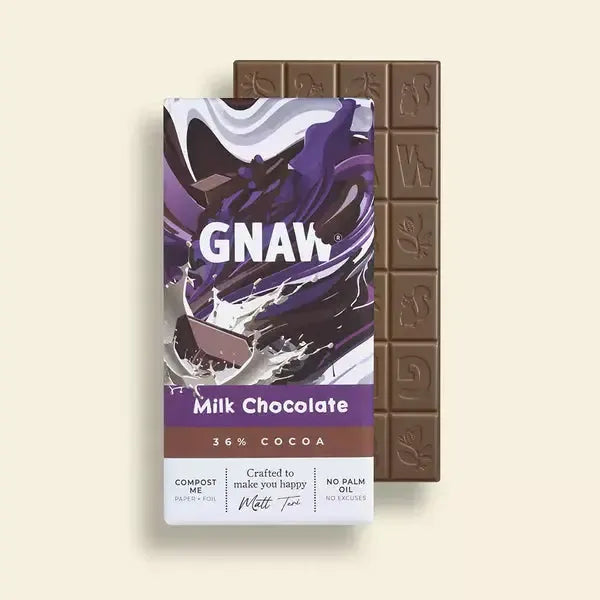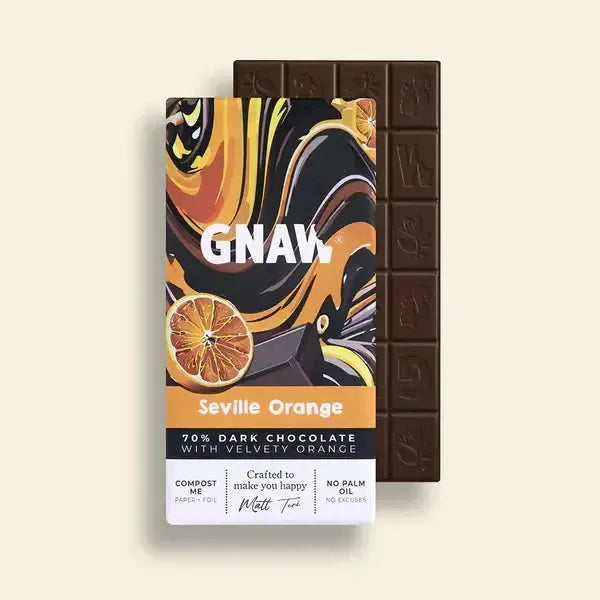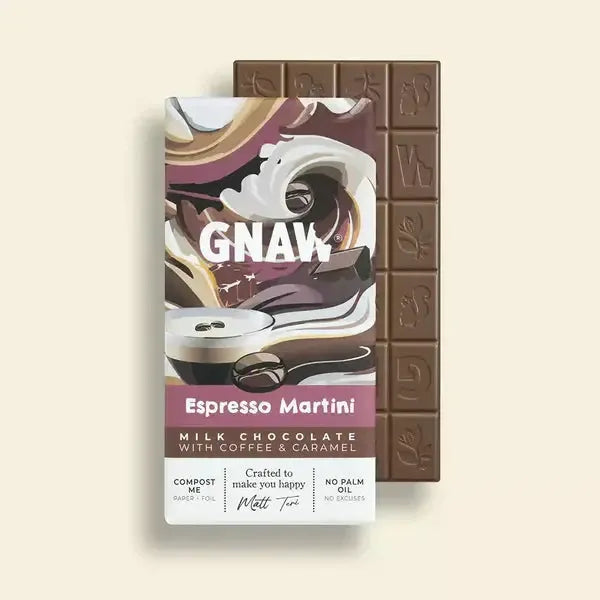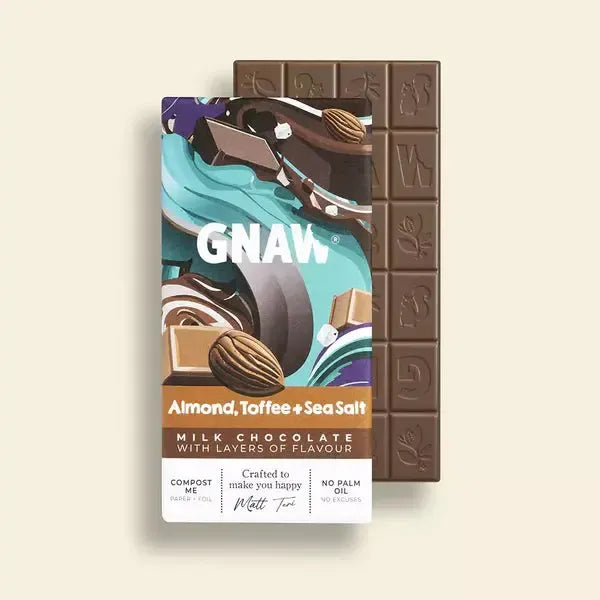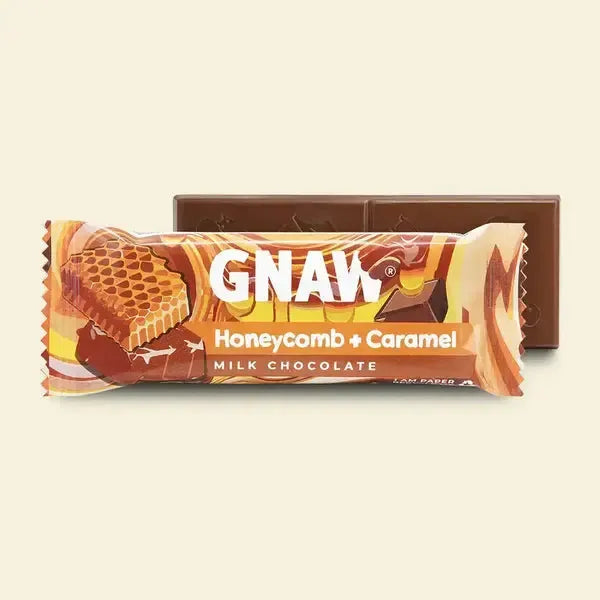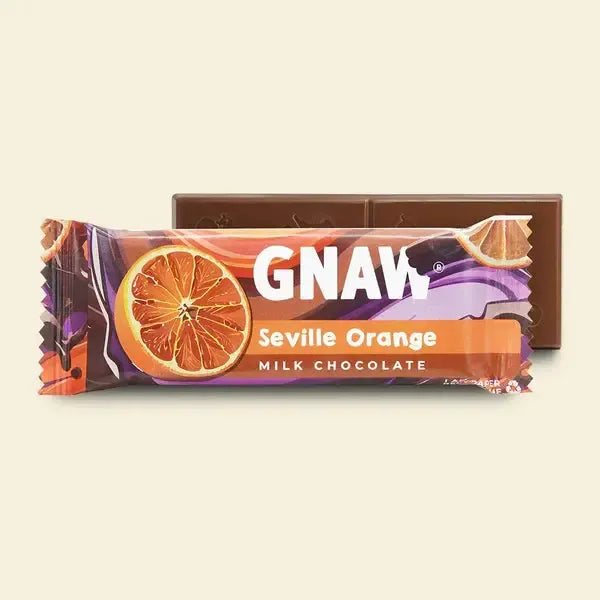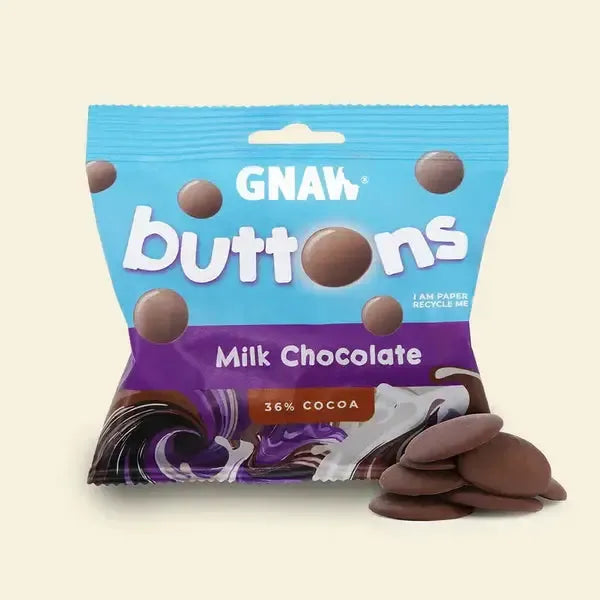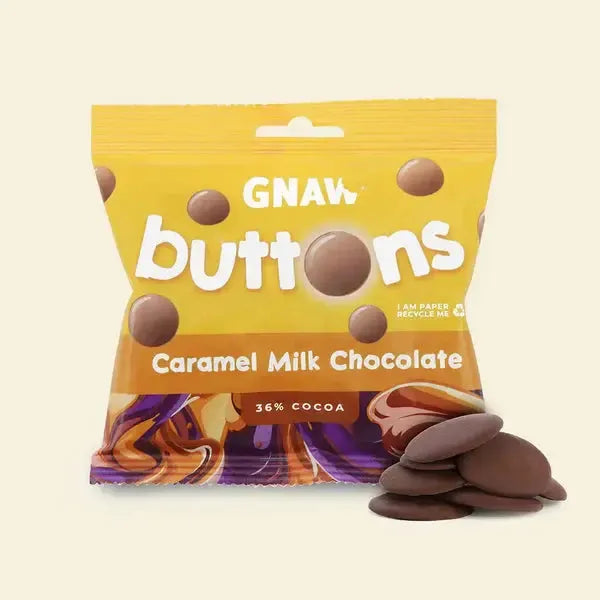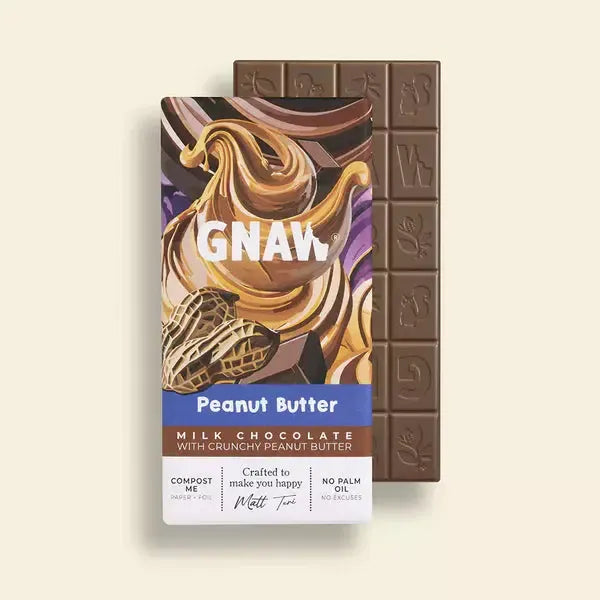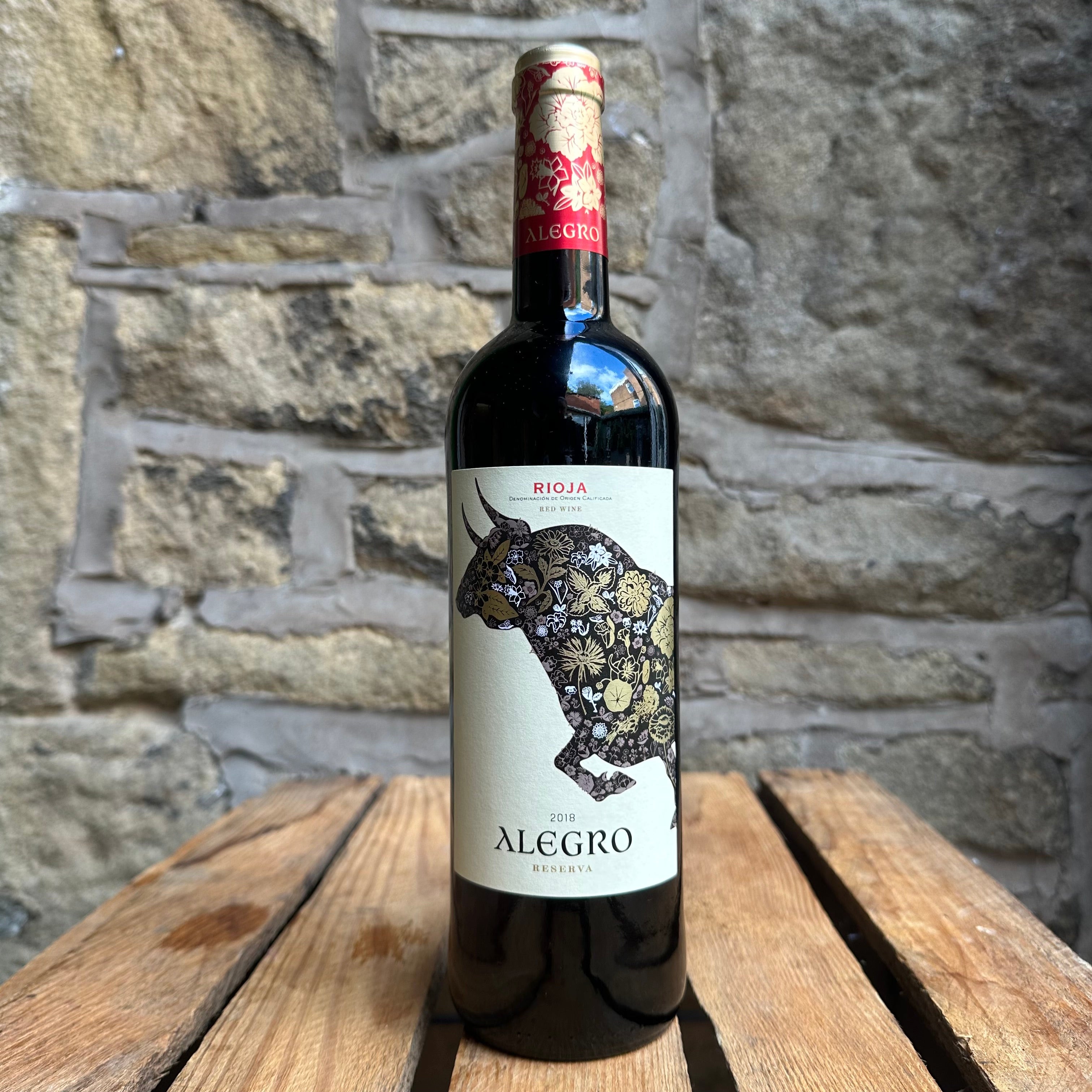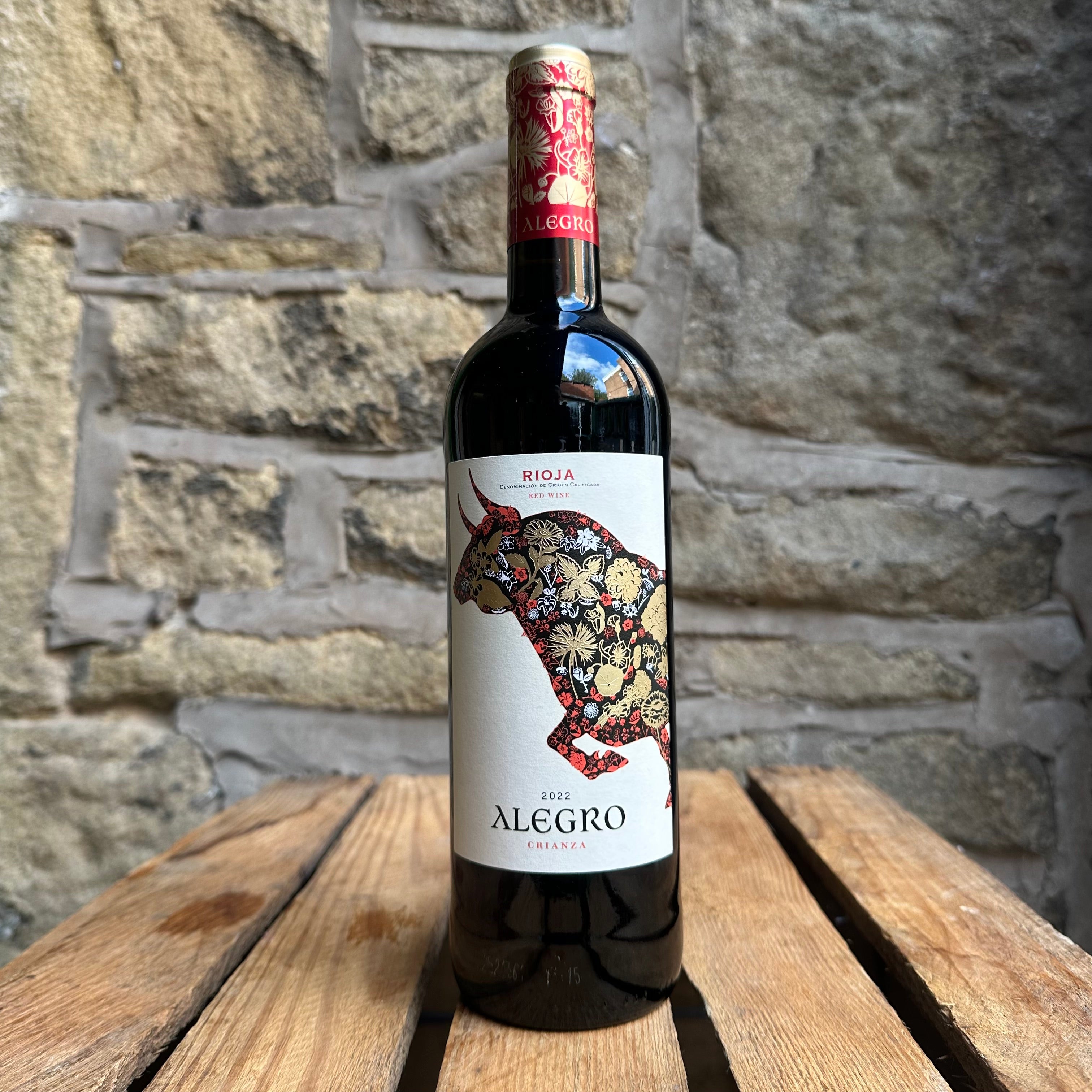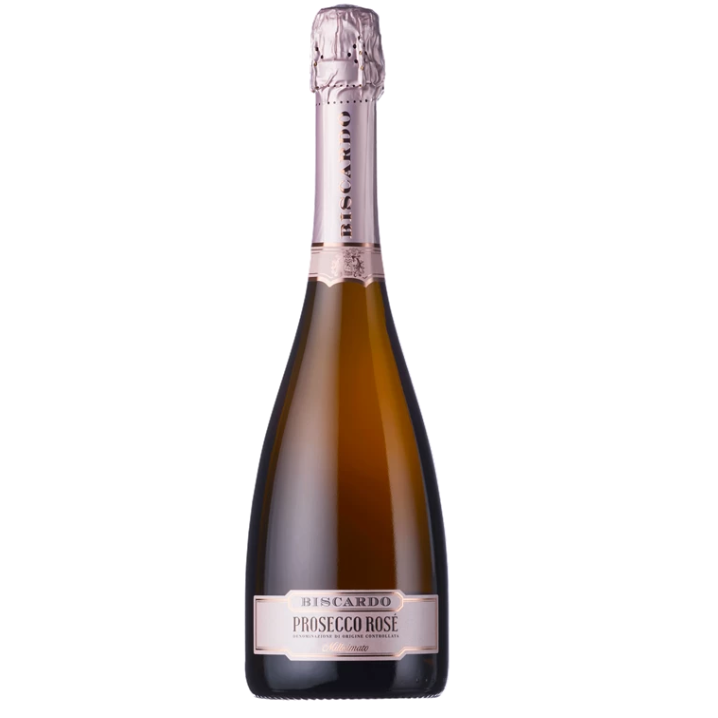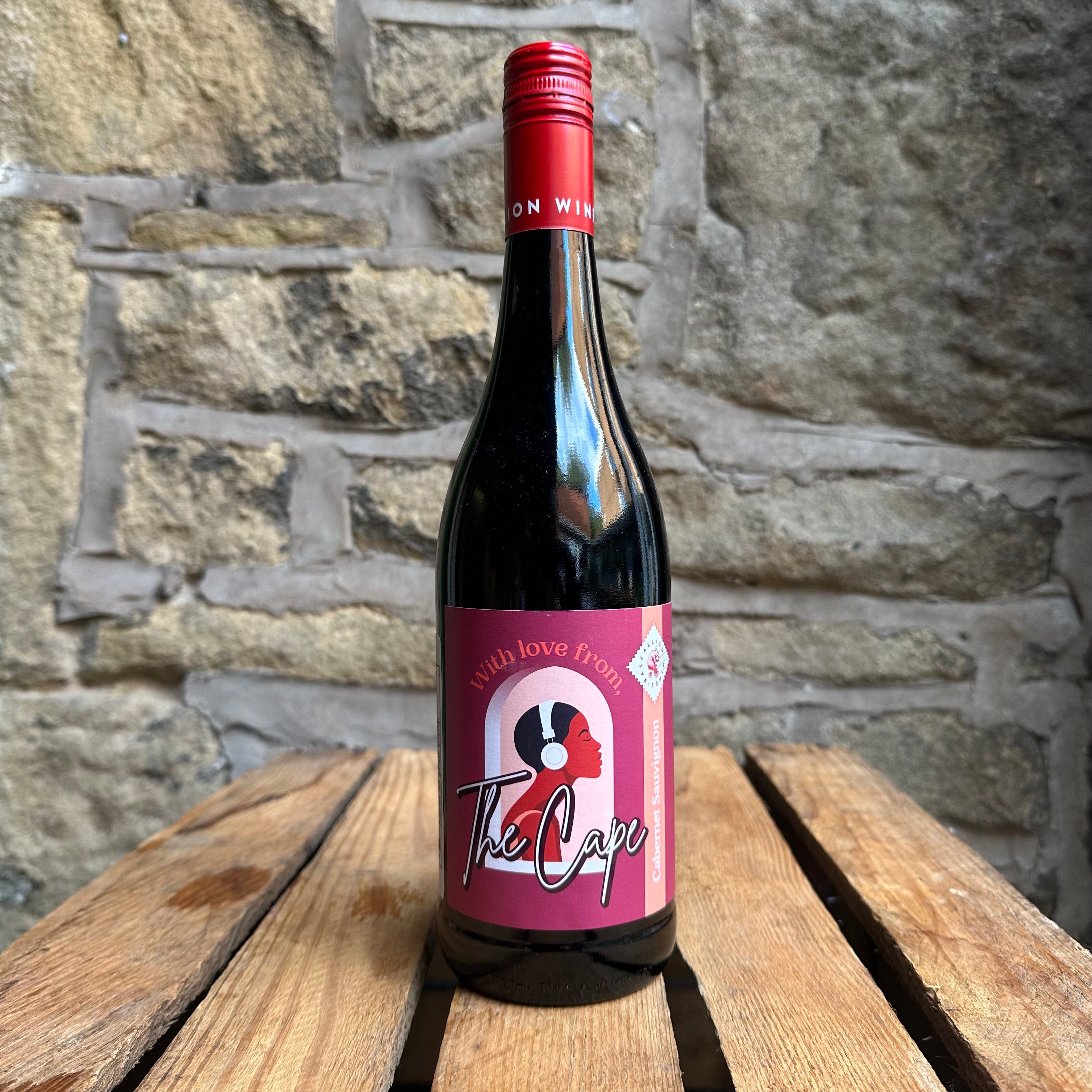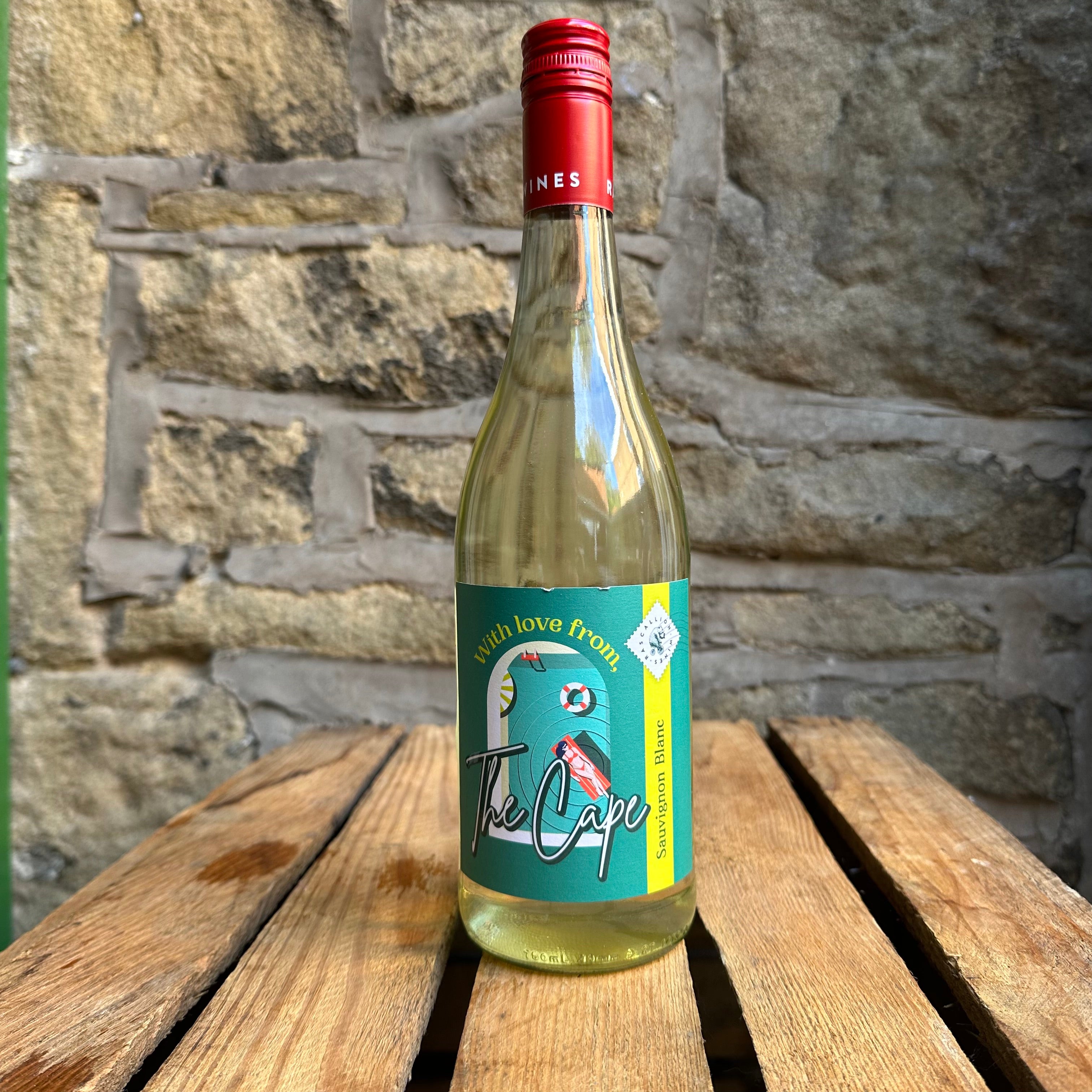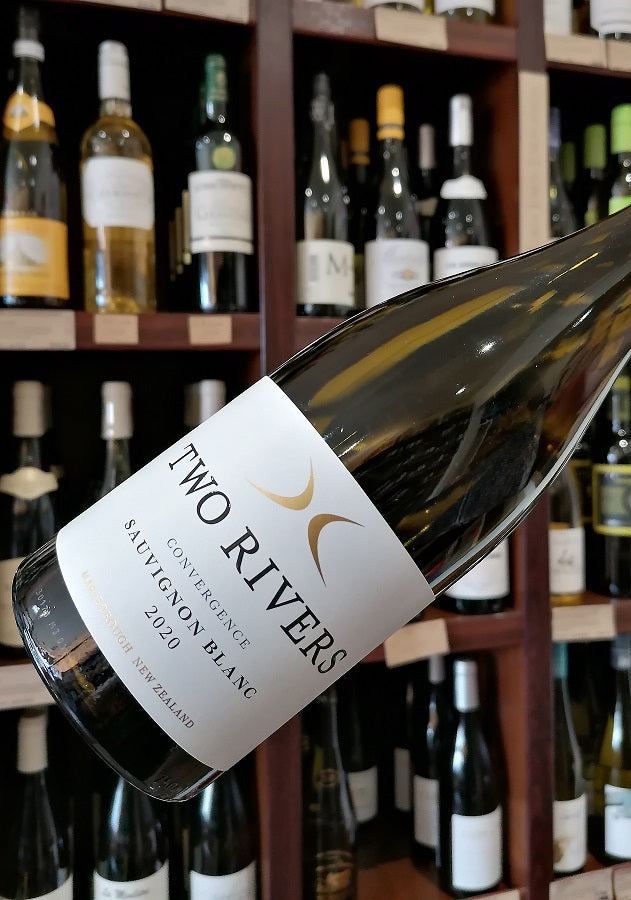
The Marvel of Marlborough

A sure Mother's Day favourite, New Zealand Sauvignon Blanc makes up around 85% of its wine exports. The country has produced wine since the 19th century, but it was the discovery of Marlborough Sauvignon Blanc in the 1980's that really placed it on the world wine map. We take a look at why this remains an essential go-to wine.
PROFILE
So what makes Marlborouugh Sauvignon Blanc so unique? The simple answer is this grape's excellent ability to reflect its terroir. This can provide individuality in bouquet and profile, even with its early-ripening vines (therefore suited to cooler climates) and simple, often short fermentation.
Key elements of a Marlborough profile (in comparison to, say, a Loire Valley profile) are added tropical fruits such as grapefruit, passionfruit, pineapple and guava alongside the key citrus lime zest. Classic grass and gooseberry remain, with some wine bringing the gooseberry much more to the fore. Marlborough brings additional notes of asparagus, green bean and sometimes bell pepper
HISTORY
Marlborough's famed Wairau and Awatere Valleys with their long, warm days and cool nights were discovered by viticulturists sometime in the late 1970's. The region's moderate rainfall, coastal breezes and good soils with superb natural drainage help a range of vines to thrive. Marlborough Sauvignon Blanc was brought to the wine world's attention following rave reviews from the highest critics when the first of its kind was released by Cloudy Bay in the late 1980's. This led to further investment in not only the grape, but the region, and further exploration of just what heights could be achieved across the country.
The golden age continued for a while through the 1990'1 and milennium, before New Zealand almost became a victim of its own glowing popularity. The success of trailblazers such as Marlborough Sauvignon Blanc caused many to jump into the market, with the grape growing area tripling in size from 2000 to 2010. A great market can become over-saturated, and an overproduction of grapes and wine exacerbated by bumper harvests in 2008/9 led to the 'wine glut'.
Too much harvest for the market led to price slumps for the industry, leading to the government intervening with viticulturists paid to remove vines to try and quell over-production and prevent the export of bulk wines of inferior quality affecting international reputation. This was especially hard for those dedicated winemakers who had spent the previous decade(s) creating such a premium record. The opportunity was taken by farmers to not only be more careful in volume, but to replace less popular grape varieties with those more popular and profitable, as well as winemakers ensuring their wines, especially Sauvignon Blancs, kept to the best standards.
This has worked, and a further decade on the country has cemented its good standards even further, with grapes such as Pinot Noir and Pinot Gris adding to the unique portfolio. An ever-wide range of Marlborough Sauvignon Blanc has not diminished quality but opened up the opportunities for new wine drinkers. Of course there remains the larger scale, lower priced wines that are easily found in supermarkets, but although these do not offer the complexity, they can sometimes be a good introduction to the region.
OUR RANGE
From there, we have the more established producers of fine wines such as Zephyr with its heritage from the family farm where vines were first planted in 1988. Now in its fourth family generation it provides a quality single vineyard example that is full of fresh gooseberries, passionfruit and crisp flinty notes interwoven on the soft palate with dark herbs, restrained acidity and a sustained finish. Zephyr also bring a New Zealand touch to those mid-Europe aromatic favourites Gewurtztraminer and Riesling.
Two Rivers (cover picture) create a range as influenced by classic New Zealand as European elegance. Their Marlborough-born founder spent many years travelling and working in the wine world of Europe before its founding in 2004. Their Marlborough Sauvignon Blanc brings together full flair and concentration with layers of complex delicacy by fermenting the wine on less, in barrel for 3 months. Great texture, minerality and length harmonise with classic tropical fruit, gooseberry and herbal notes.
Contemporary small producers are encapsulated by producers such as Greywacke and Snapper Rock. Greywacke was founded in 2009 by a winemaker who had created fine wines for Cloudy Bay before embarking on his own journey. Their Marlborough Sauvignon Blanc hit the mark with wine lovers almost immediately. An aromatic salsa-like fusion of ripe summer fruit and fragrant Asian spices; nectarine, yellow peach, rock melon, grapefruit and a splash of passionfruit, mingle with ginger, lemongrass, jasmine flowers and cassis. The lemony, citrus thread throughout ensures a crisp, dry finish.
Snapper Rock provide a delicate, refreshing range of wines with their Pinot Gris and Pinot Noir gaining attention to match their award-winning Sauvignon Blanc. The planting of 6.5 hectares of vineyards in 2008 led to the first vintage in 2011, with limited annual production of cases to keep quality high. Their single vineyard Sauvignon Blanc brings a bouquet of red capsicum, white current and fresh herbs balanced with lime peel and pea pod. The palate bursts with ripe juicy acidity and reveals tropical fruit before a salty mineral edge finish.

